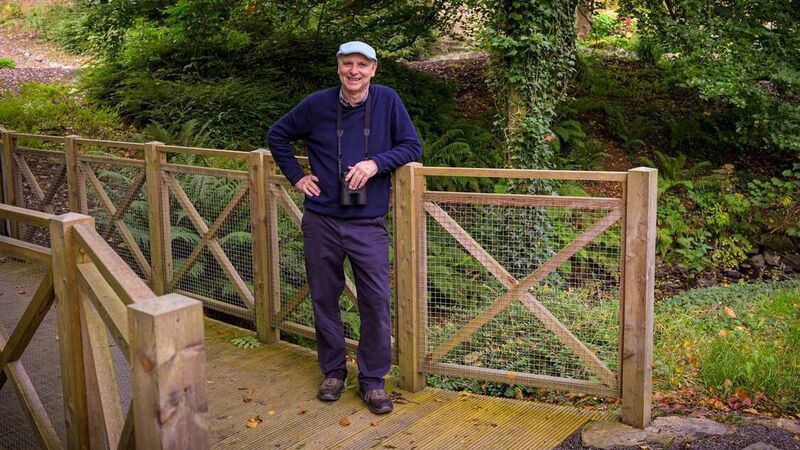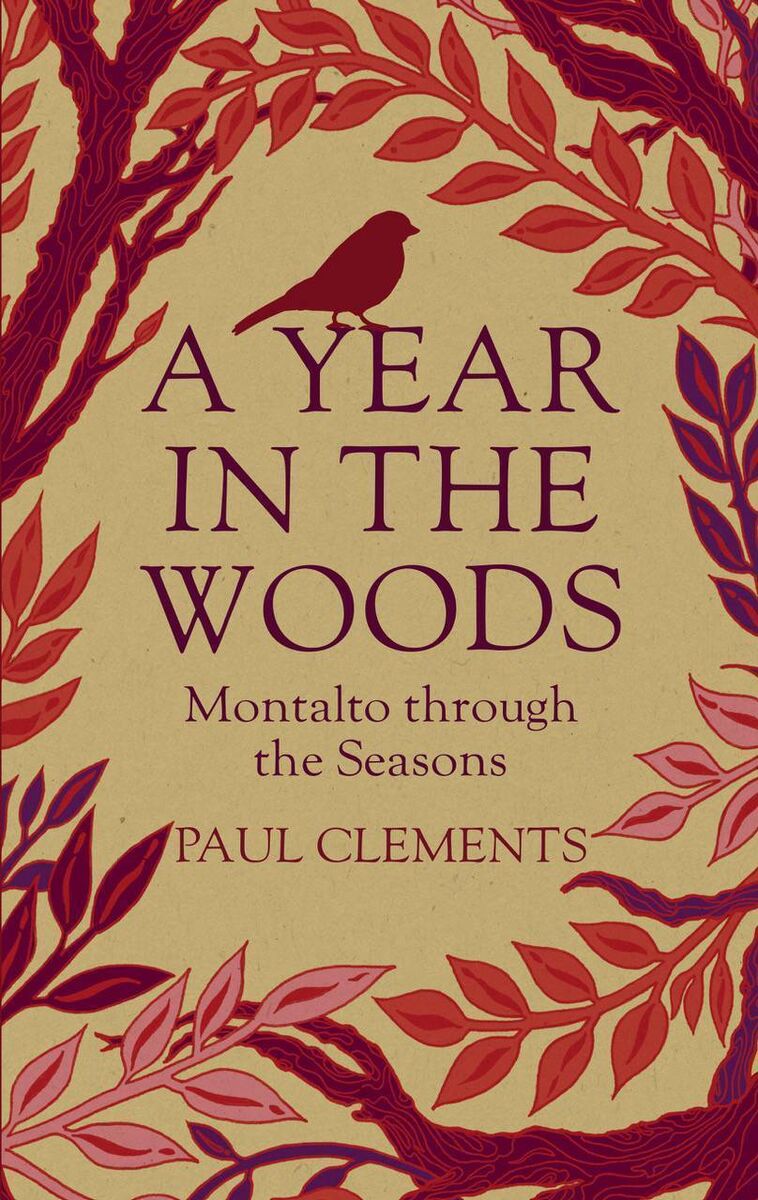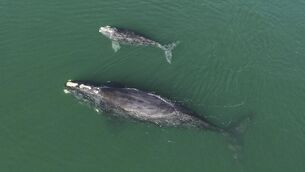A year in the woods — with its community of wildlife

Paul Clements author of A Year in the Woods — Montalto through the Seasons
The Montalto estate grounds were founded in 1641 following the Irish rebellion, when land in the area under the control of the McCartan family is confiscated. Over the next few centuries the history of the house and estate are impacted by famine, fire, and storms. The property was used as a WWII billet for US soldiers; and filming of the Disney musical drama took place in the grounds. Author Paul Clements lived in a cottage on the private forest estate for a year. This is an extract from his book,

- [Merrion Press] is available now








